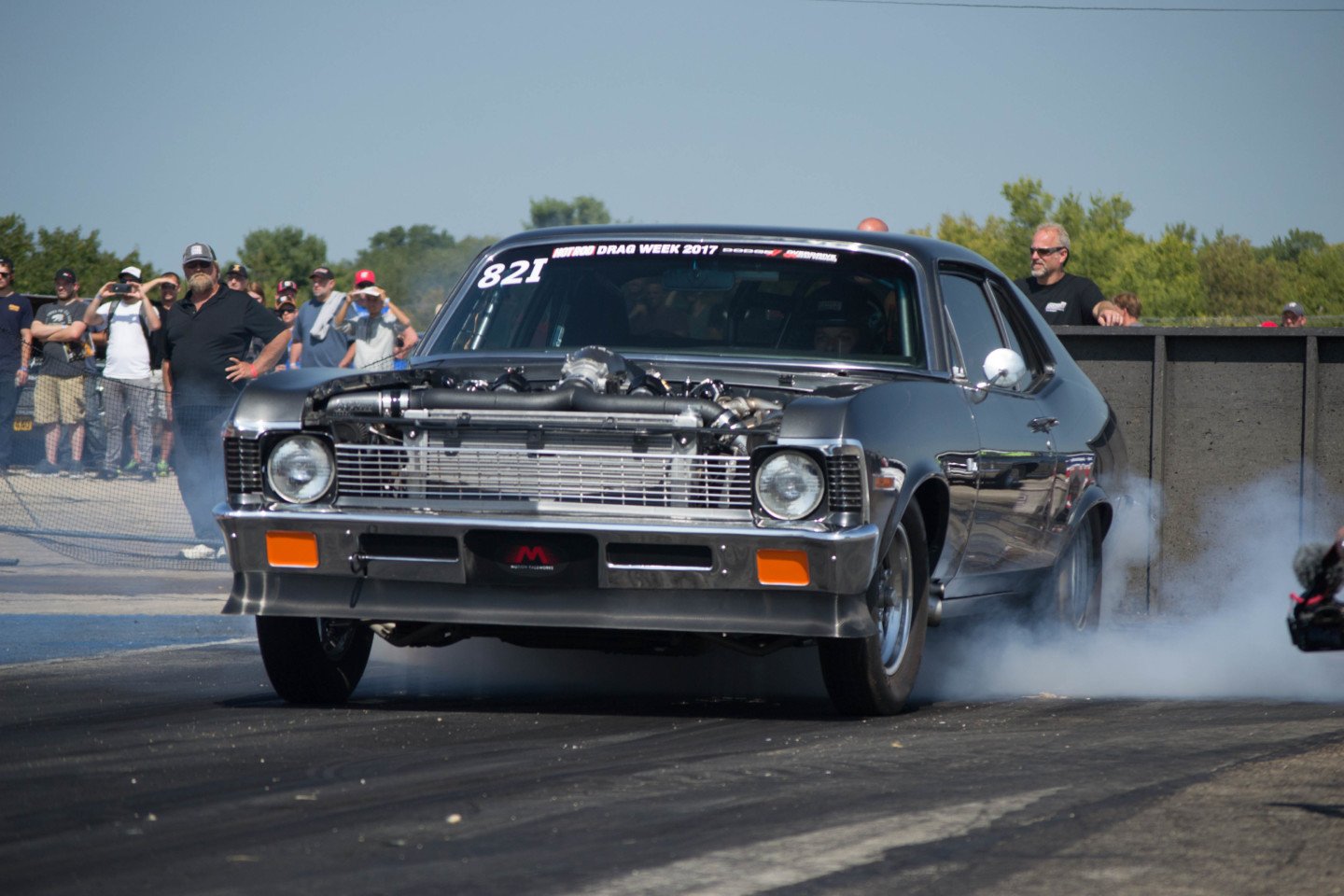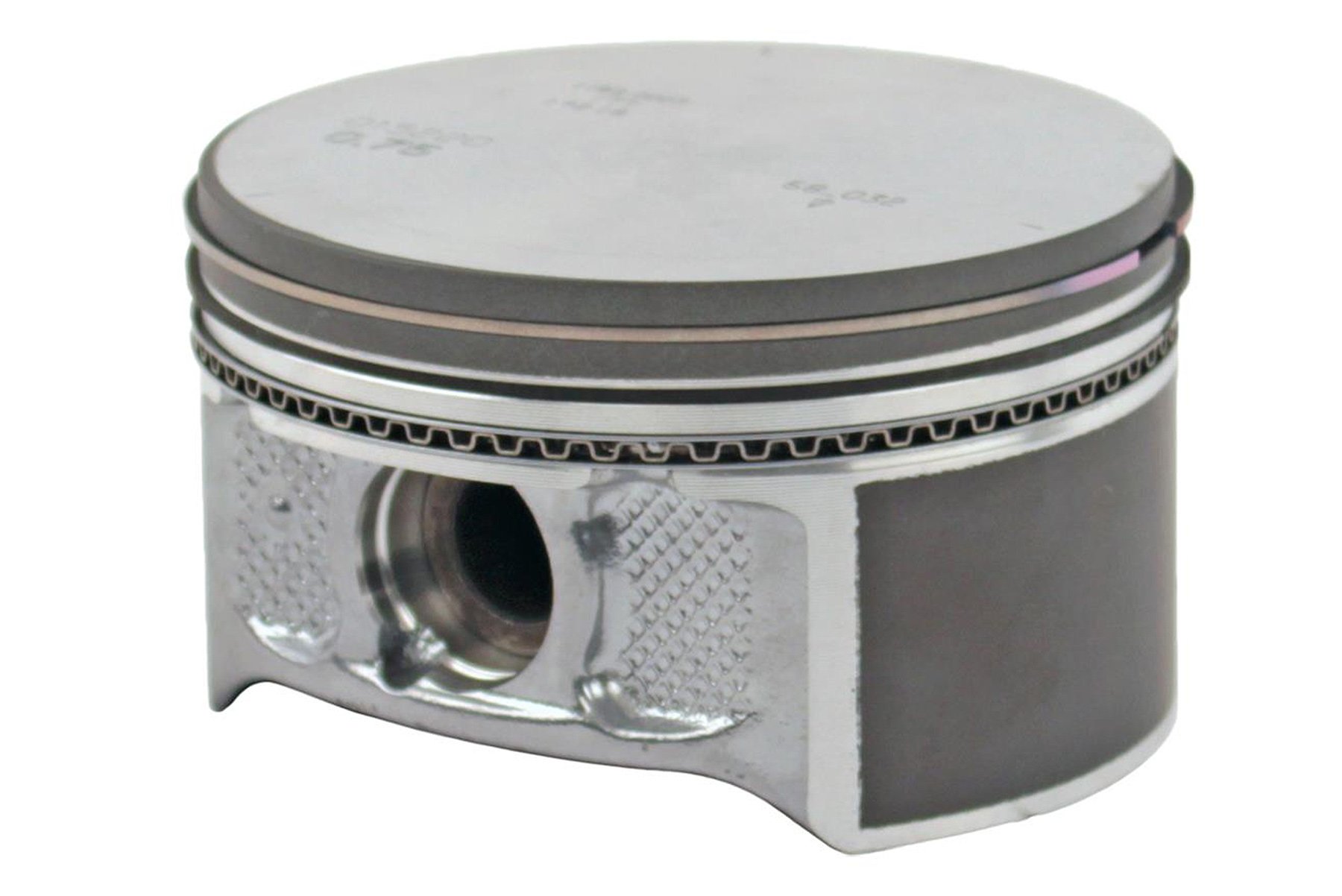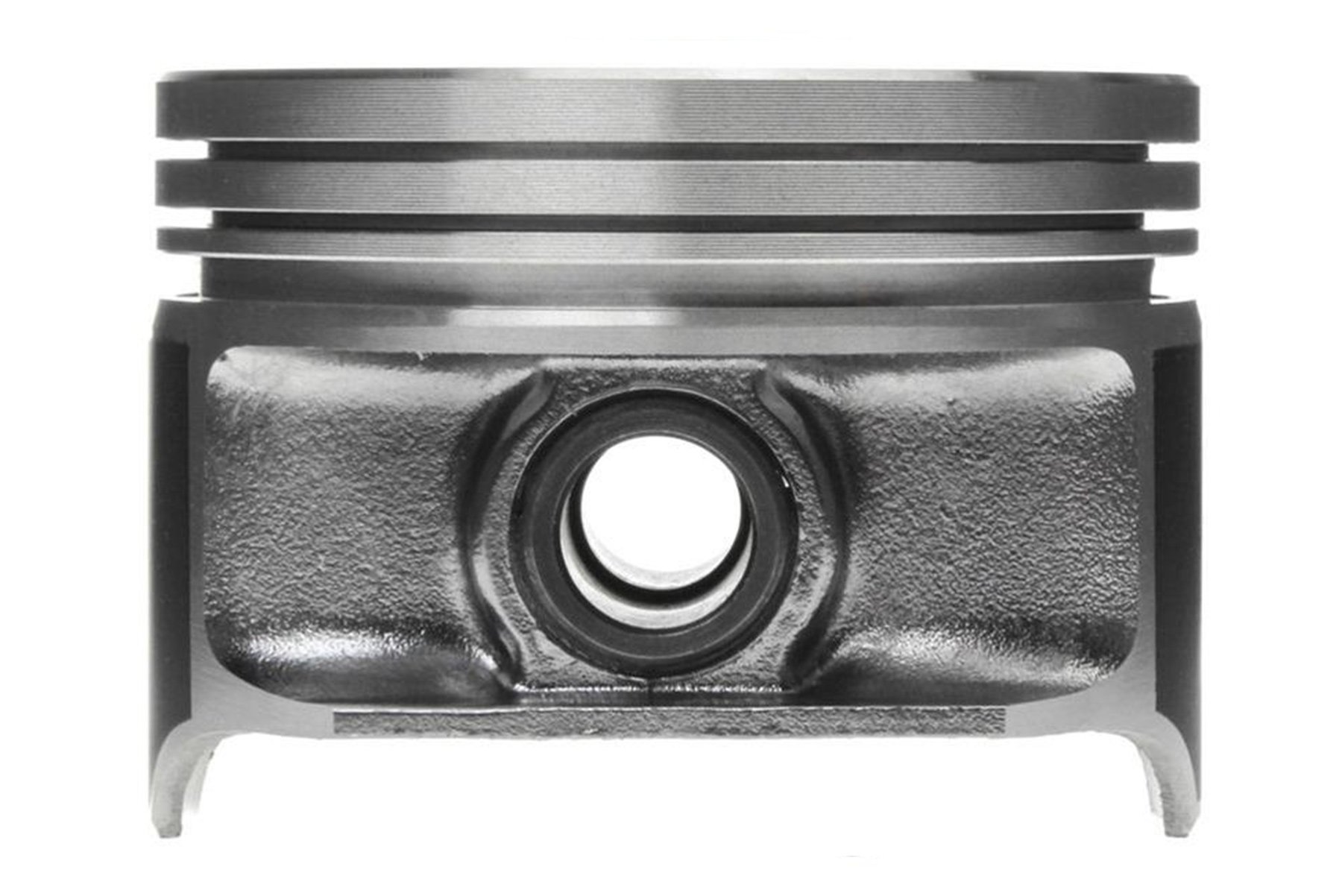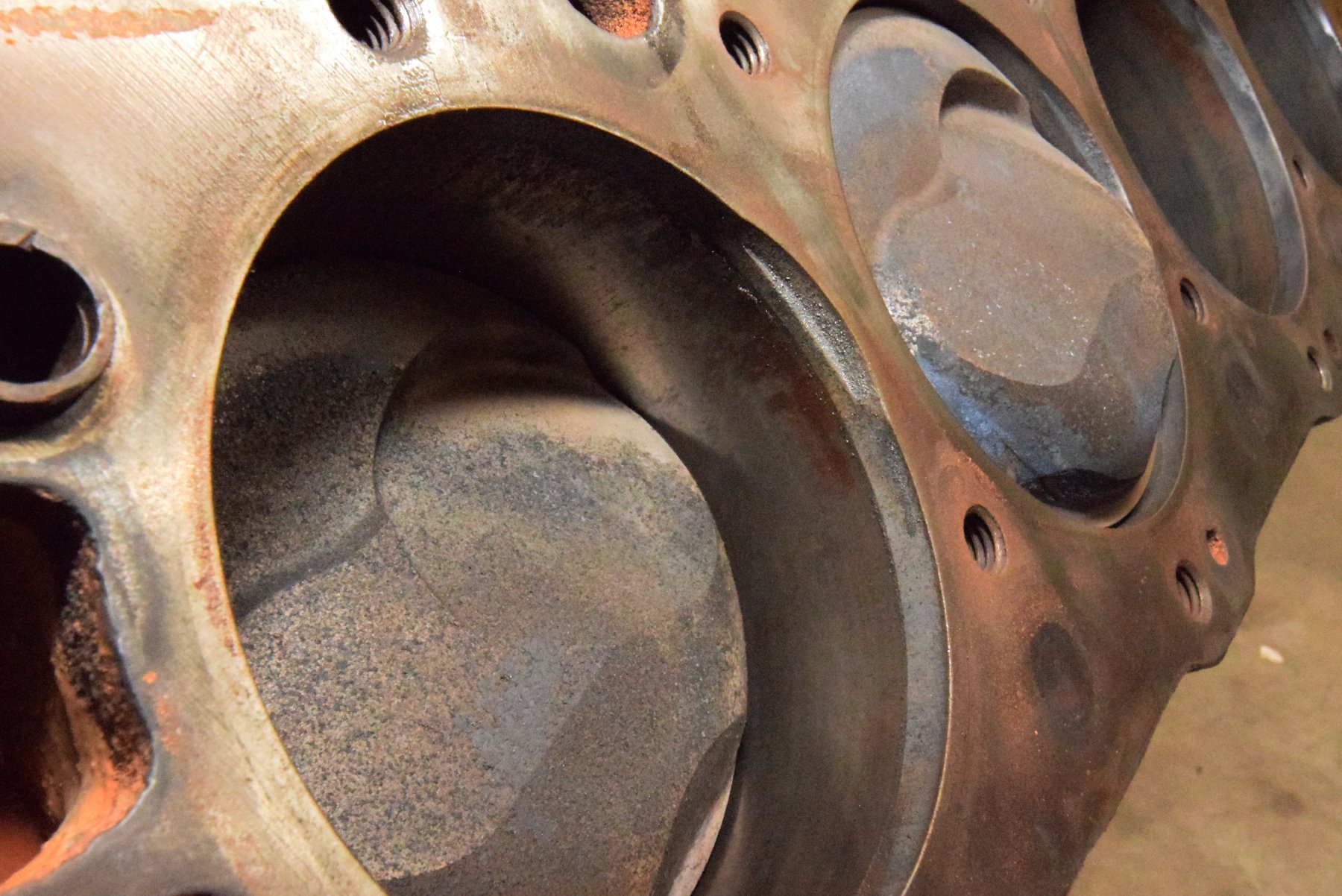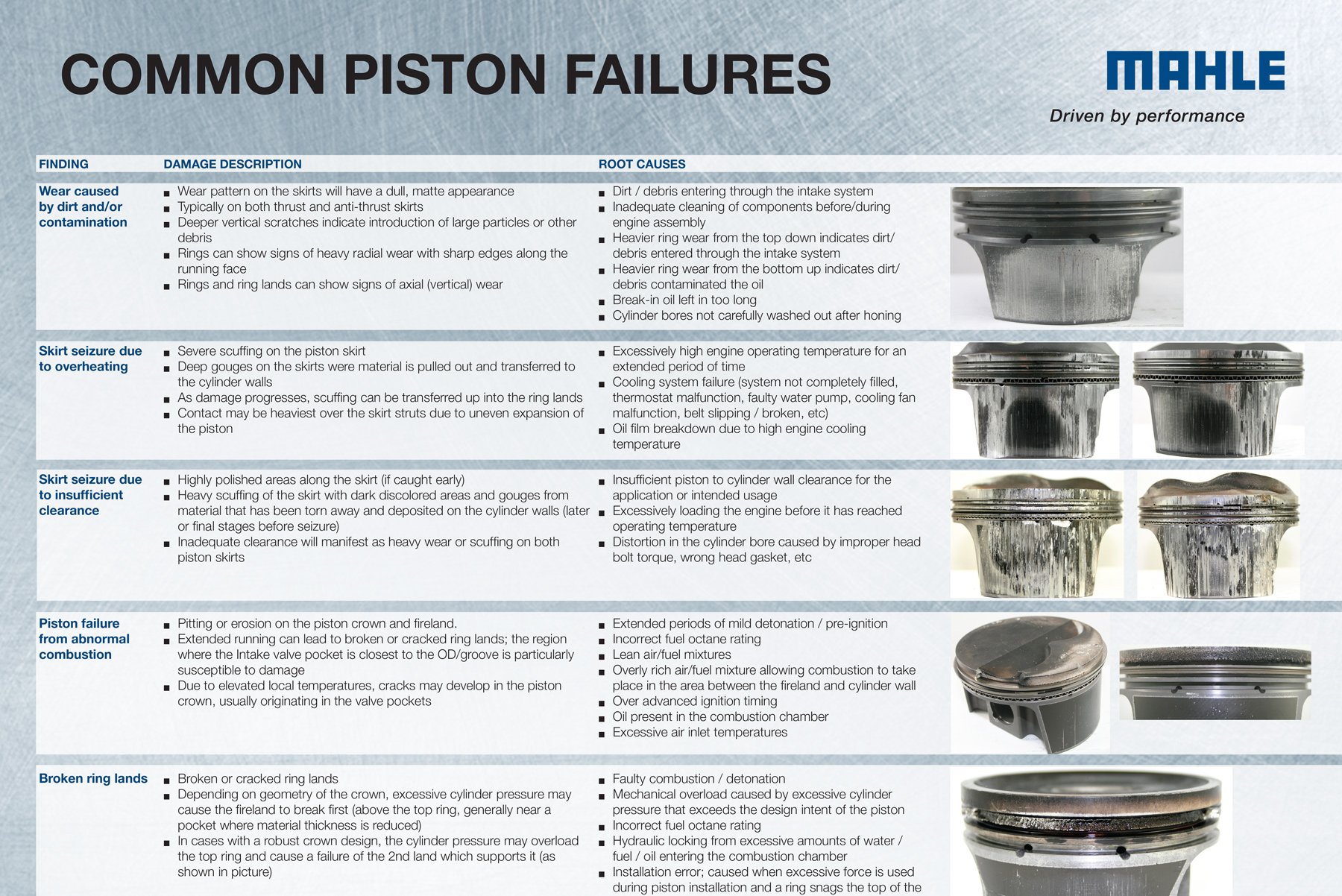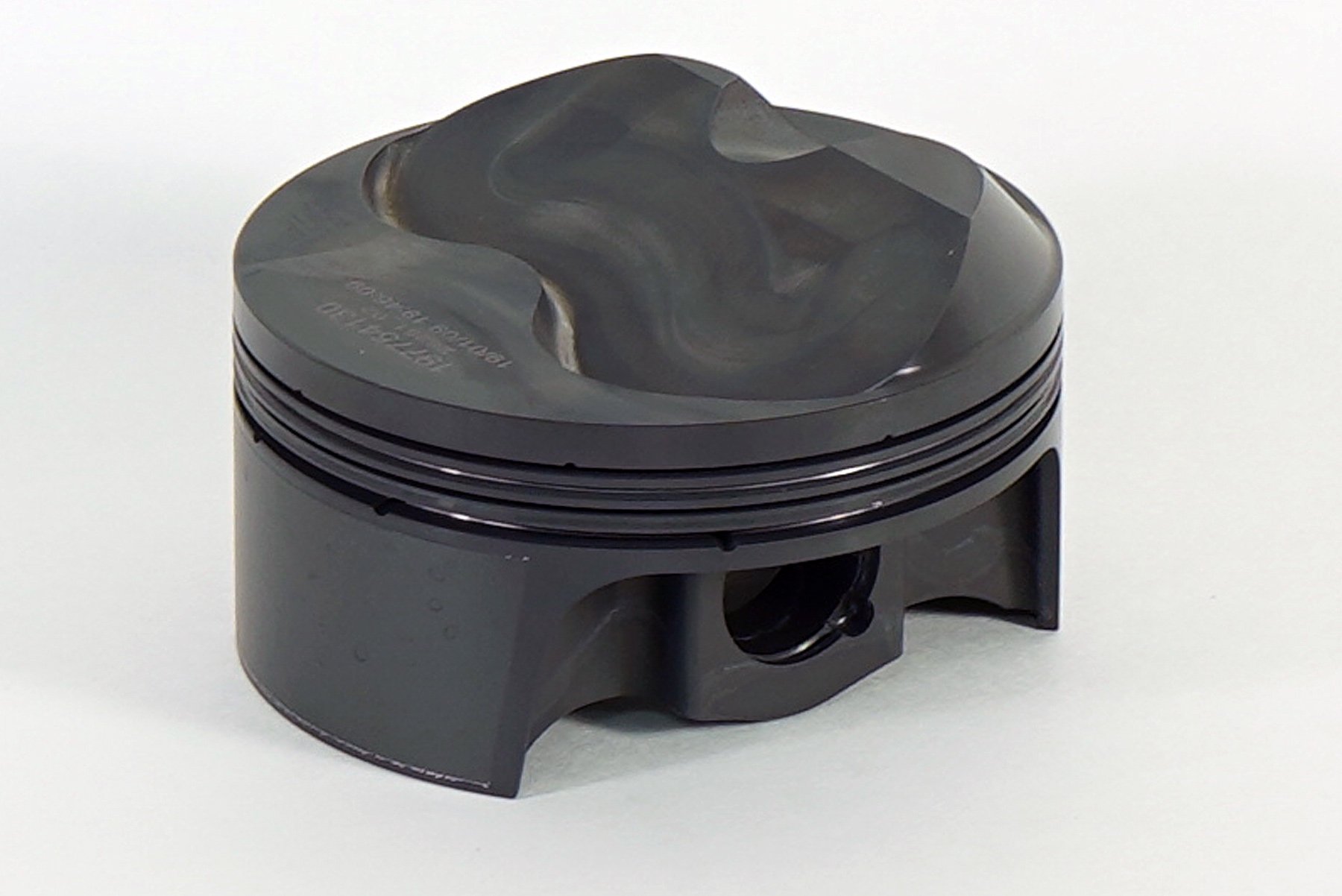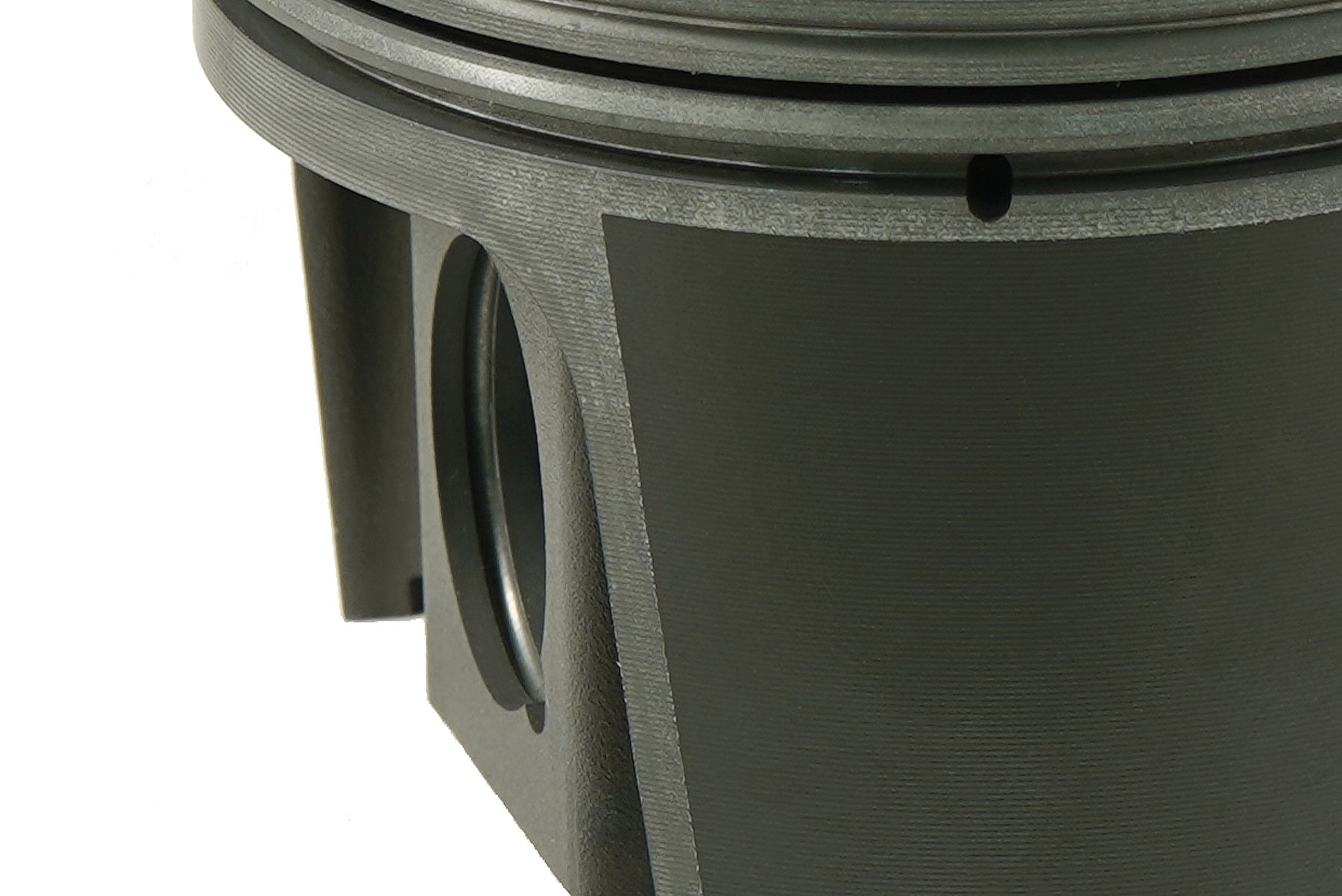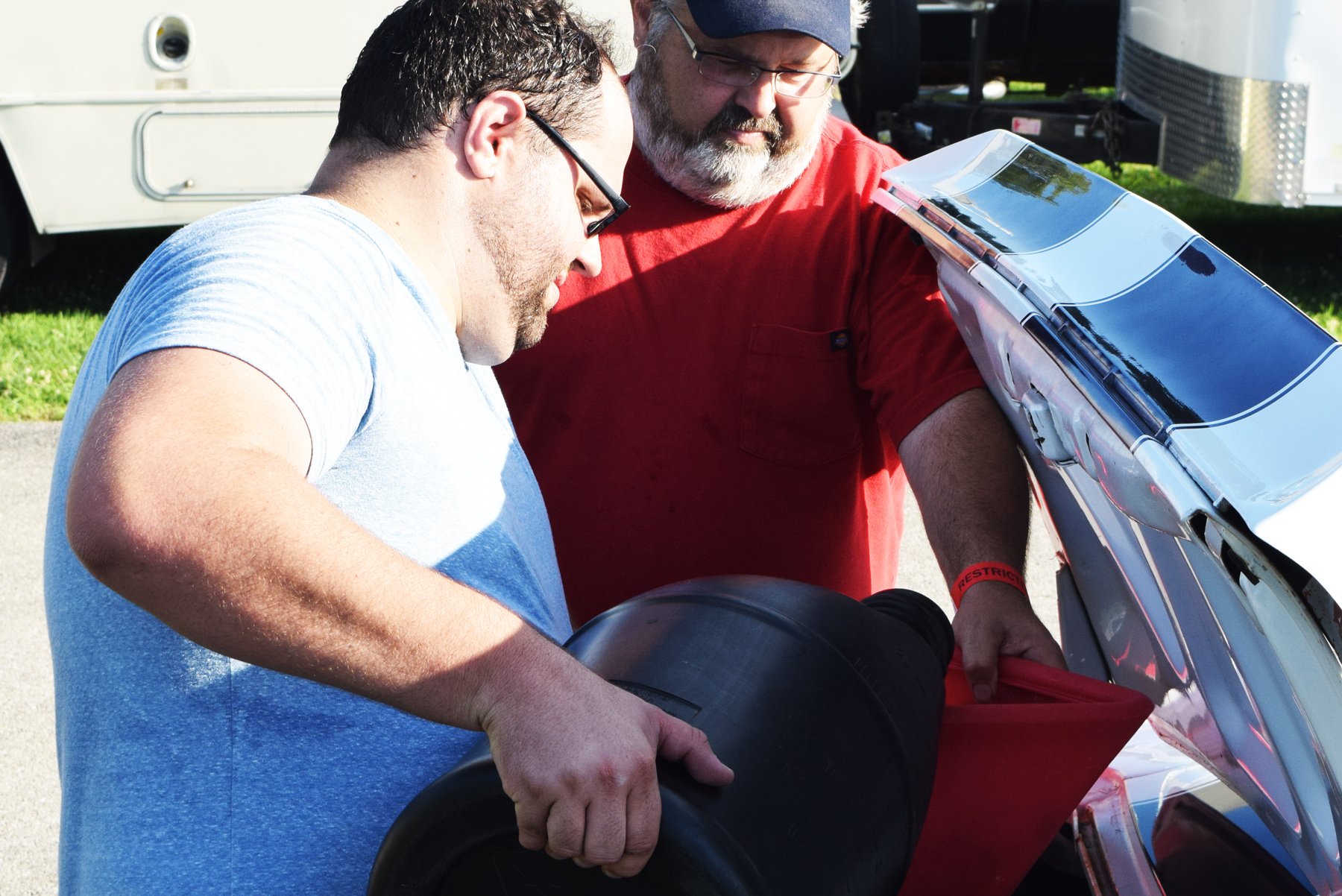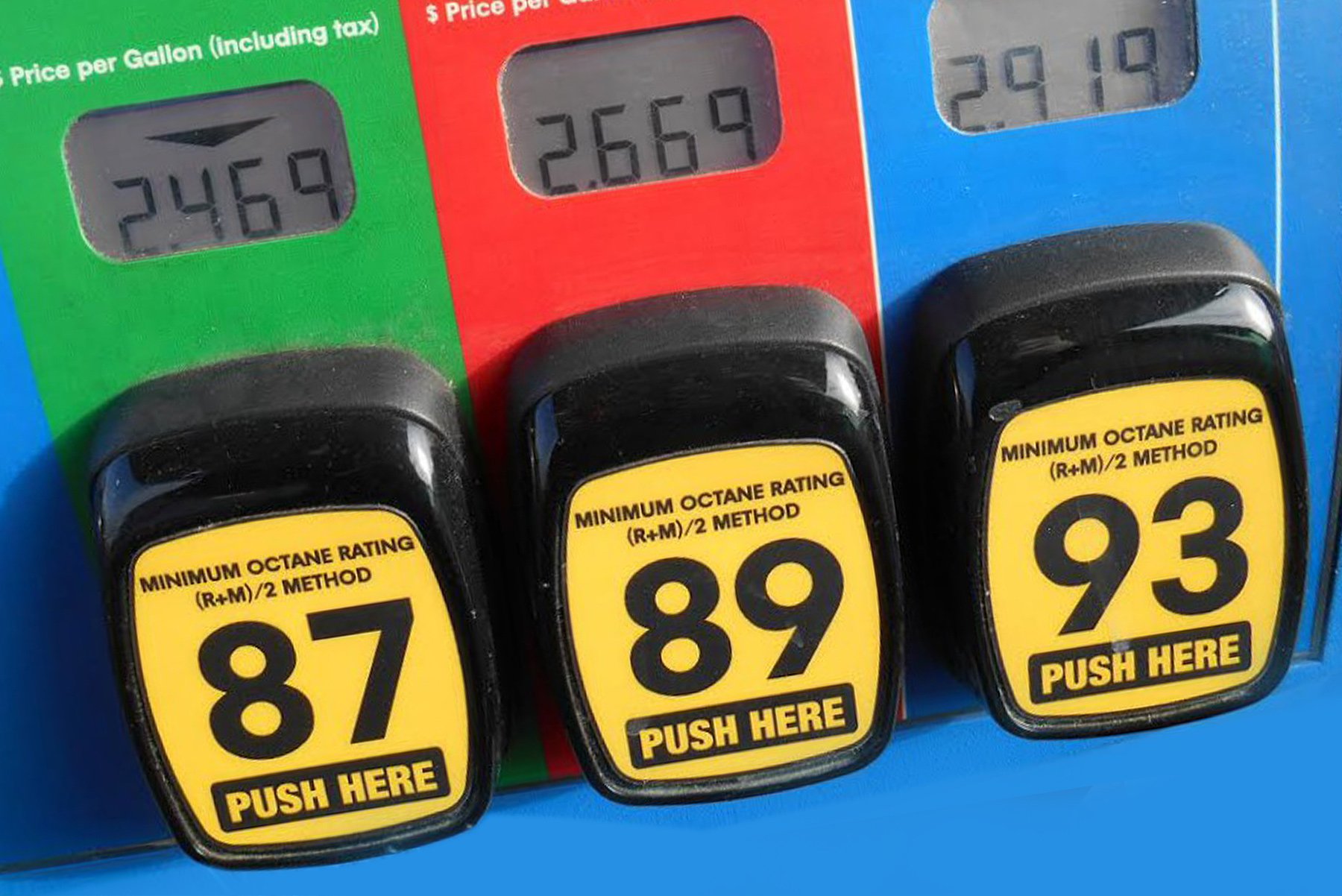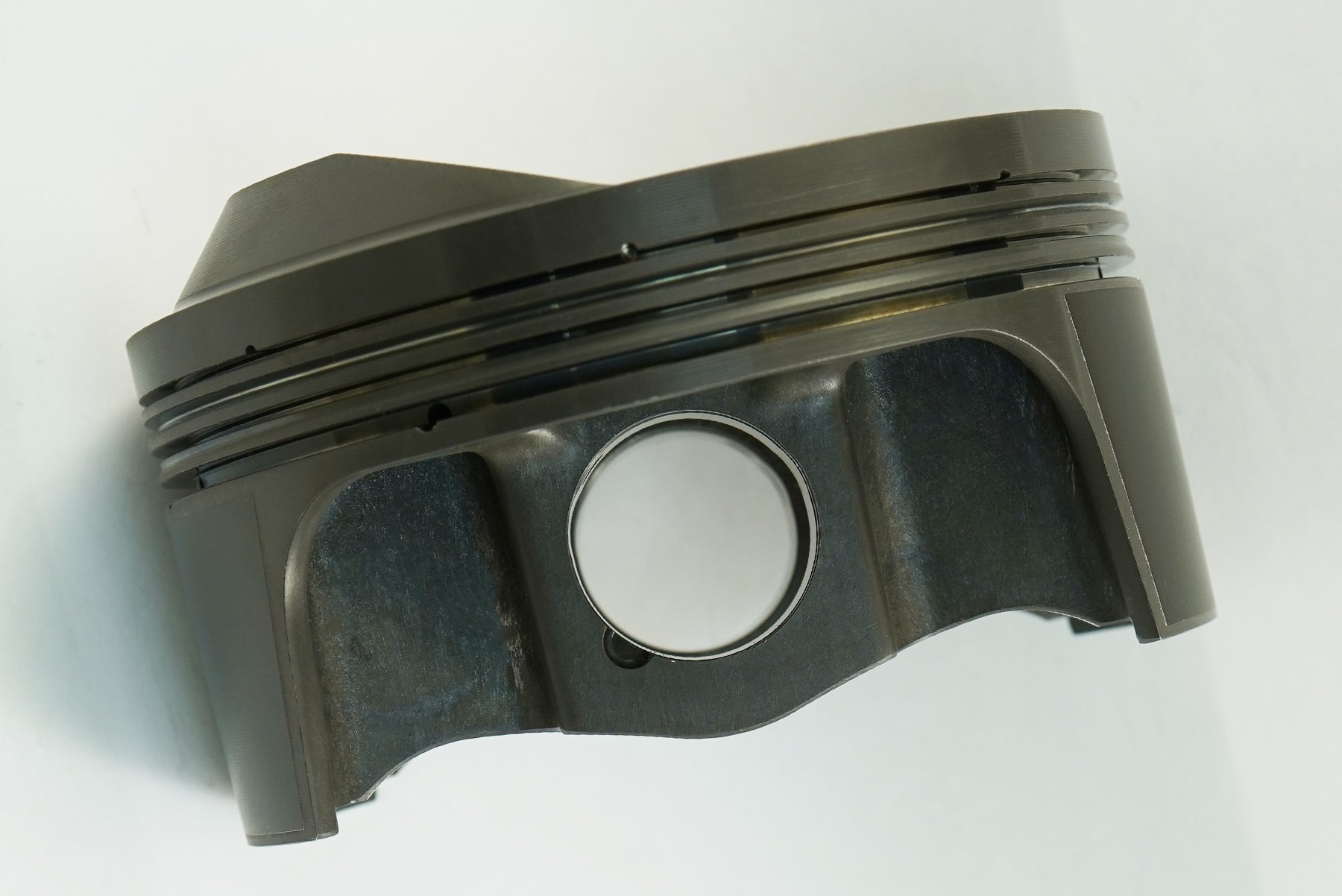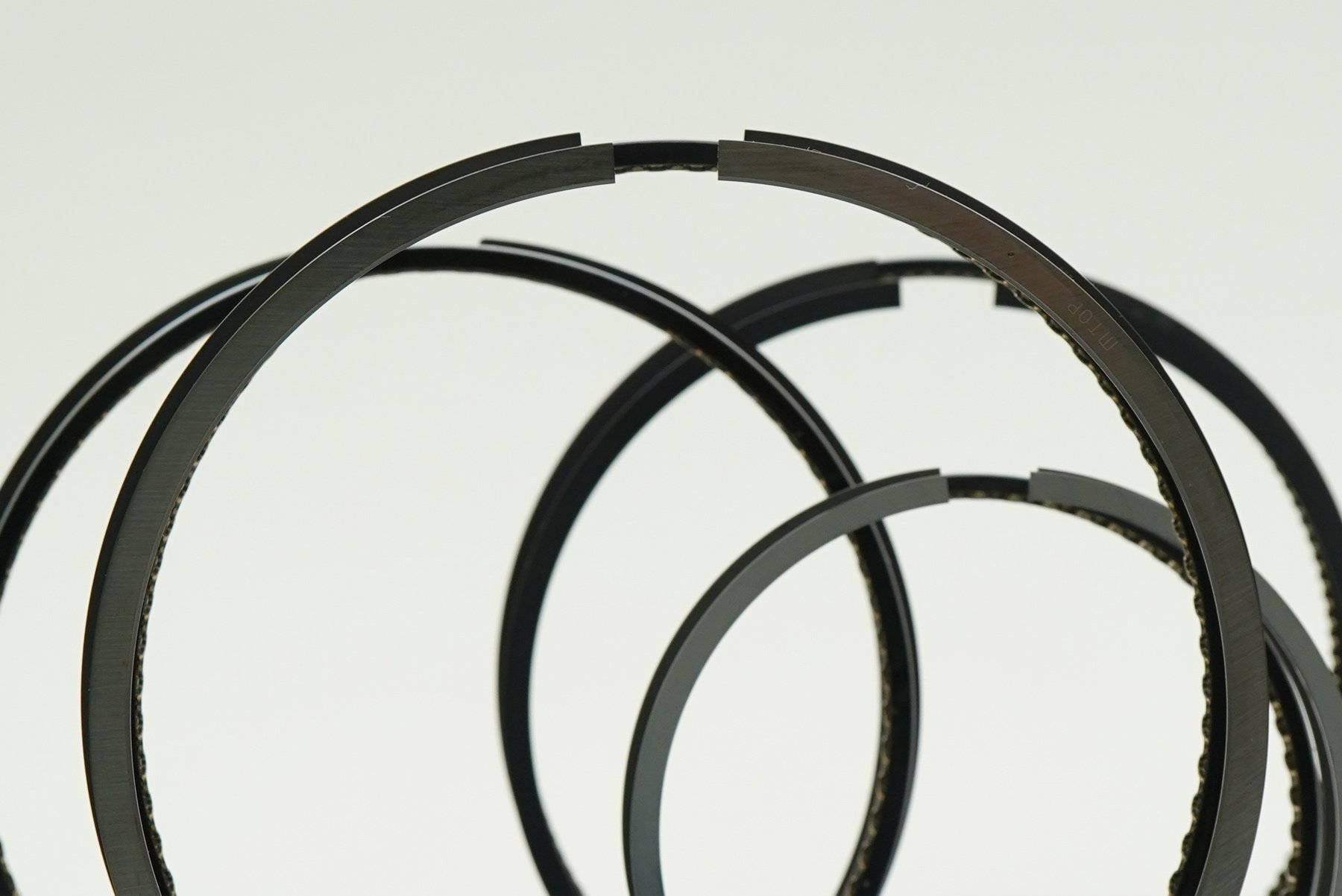Each component found within a performance or racing engine has a specific duty. More importantly, a high degree of engineering is invested into those parts to make them capable of handling the rigors of big horsepower. The camshaft utilizes surface durability to live with spring pressure forces against its related lifters. Crankshafts require refined materials that when forged and hardened, can handle a multitude of stresses and engine harmonics.
When it comes to building compression under the cylinder heads, we dropped a line to Joseph Maylish from MAHLE Motorsports to get his recommendations on the top tips for choosing performance pistons. Joe jumped right in with some key input.
Tip One: Forged vs Hypereutectic vs Cast
The fundamentals of piston selection are somewhat straightforward. The “cast” piston is manufactured just how the description states, using a casting process. To the performance world, a cast piston is considered a factory or stock replacement piston that is durable to horsepower levels at, or slightly above, a factory vehicle. Three key advantages to the cast piston are its ease of machining, wear durability, and minimal thermal expansion.
The flip side to a cast piston’s long mileage durability is its limited “ductile” metallurgy. The less-ductile cast piston limits its ability to handle stresses under performance conditions. Technically, there are two types of “cast” pistons. One is what we actually call a cast piston, and the other is hypereutectic. Yes, technically speaking, a hypereutectic piston is still a cast piston.
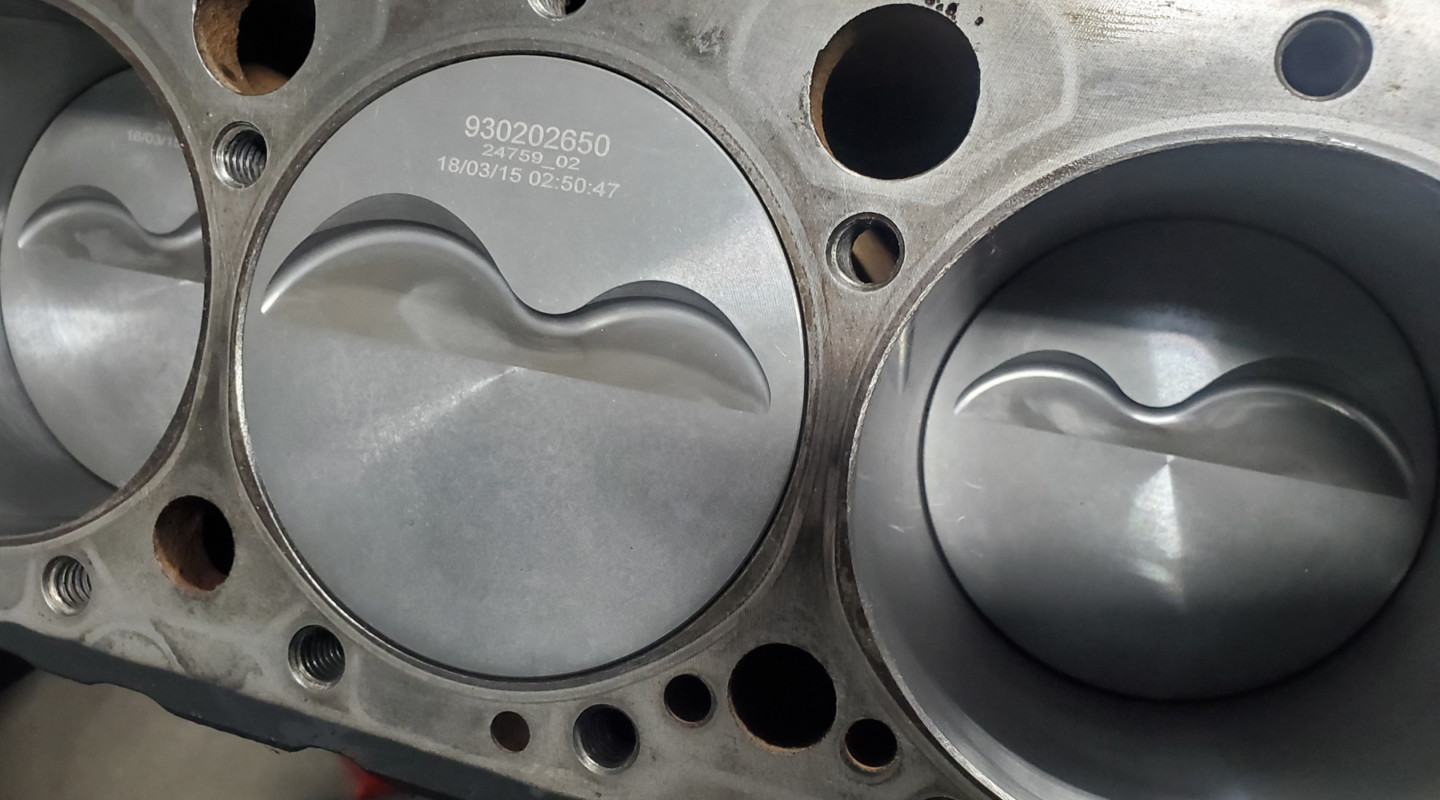
The piston is a unique animal due to its ability to take a pounding from all directions. Those compression and velocity forces are combined with high temperatures from the combustion chamber.
“While hypereutectic sounds like a space-age material, the process of making a hypereutectic piston has been around since the early 1900s,” Maylish comments. “With a silicone content that is greater than 12-percent, the hypereutectic material expands less than a forged piston from start-up to operating temperature.”
Compared to the two levels of cast pistons, Maylish got into greater detail concerning different options with forged pistons.
Hypereutectic pistons also offer greater scuff durability when compared to a cast piston. But in the end, both are cast aluminum and still have limitations.
Tip Two: Choosing Forged Pistons For A Given Application
Unlike basic cast or hypereutectic pistons, forged pistons are created from a billet alloy of extruded aluminum. This alloy is forge- compressed into the rough shape of the piston, which results in a denser aluminum composition. This dense and more ductile material means that a forged piston is much stronger and ductile.
“When looking at a forged piston, be truthful about matching your very specific engine build projects to what duties it will perform,” Maylish notes. “Mismatching your application needs is one of the most common mistakes made. Over or under specifying the type and design of the forged piston is detrimental. If you are looking for a forged piston for performance and street, be extremely critical about what power-adders you may use such as the quantity of nitrous or amount of boost.”
Whether you are building an engine yourself or relying on a trusted shop, designing an engine to survive big horsepower numbers or huge doses of nitrous may not result in the best engine for driving an accumulation of highway miles. The same should be considered for your driving habits and overall car build (gear ratio, transmission, occasional track use, full-time track use, and more).
The person who is doing the build just needs to take a step back and ask ‘What am I building this engine to do? – Joseph Maylish
“Let’s take basic piston alloys for example,” says Maylish. “At our call/technical center, our specialists discuss piston options with customers who want to build a 1,000-horsepower beast and ‘need’ 2618 alloy forged pistons. With that, we discuss how much of that 1,000 horsepower they are really going to use? Oftentimes, the customer is going to travel to a local ‘Cars & Coffee’ show or possibly a Power Tour type event. They will not regularly be cranking it wide open, just during an occasional dragstrip pass. In this case, we always steer them to a 4032-alloy forging — a big difference from the 2618-alloy piston. It will run quieter due to different piston-to-cylinder-wall clearances and is more durable in the long term.”
The extensive data available on the Mahle Motorsports website is impressive. Even if you are not currently shopping for new pistons, the literature can even help you spot problems or diagnose failures.
Sometimes, the call leads to the other extreme. He continues, “If the customer is building a project that will see a large application of power adders or more exclusive dragstrip use, we will discuss a 2618-alloy piston and the benefits that alloy will serve well in a high horsepower environment.”
Like the tradeoff between a cast piston’s high durability with less overall strength characteristics, the maximum strength 2618-alloy piston is not conducive for high miles and a constant cold-start environment.
Tip Three: Compression Ratios
Closely related in theory to piston material, a realistic assessment of your compression ratio will spell hot rod happiness in the long run. Again, truthfully assessing your engine application is critical. Compression specifications for normally aspirated performance cars can vary from 9:1 and upward. If you are building a boosted engine, you need a much lower compression ratio.
One popular subject discussed is the use of piston coatings. Maylish states, “Mahle’s Grafal skirt coating reduces the harsh contact between the piston skirt and cylinder bore and our thermal coating reduces heat entering the pistons. Each has its advantages. In some cases, you might be better off with no coatings. Let our tech team make recommendations based on your application.”
The Mahle technical information and video web pages are an extensive learning center for piston installation, alloy choices, measuring piston volume, and of course, compression-ratio calculation advice. There are two pieces of compression information available, One is an informative video explaining the basics, and the other is an online compression calculator.
This calculator page allows you to plug in your engine variables to a live spreadsheet and view your final compression ratio. You can “tweak” many variables such as chamber and piston-dome volume, deck clearance, and gasket thickness to get a desired compression ratio result.
You are, again, recommended to rely on a fuel manufacturer’s information or tech lines to work out those calculations. Do not solely rely on the countless internet forums available, which leads us to our next tip from Mahle’s Joseph Maylish.
Tip Four: Trust Your Source For Information
Maylish notes how an online forum can easily lead a customer down the wrong path when it comes to any component, compression ratio, or fuel choice. “Forums can be helpful when it comes to general piston questions you may have. Often though, if you ask 23 people a technical question, you might get 23 different answers.”
Performance and racing fuel manufacturers vary greatly and varied octane “gas station” fuel varies even more. The rule for calculating compression ratios versus fuel octane is one of the widest debated subjects there is. There is no absolute when it comes to viewing a compression versus octane chart.
“It doesn’t matter what I am researching, if I want a highly knowledgeable answer, I’m going directly to the manufacturer,” adds Maylish. “Reputable companies have online and/or phone tech lines staffed with technical professionals who can steer you down the right path. I will take the technician with 40-years of experience over someone with the forum handle ‘BeerorBust330.’ I have heard many of our tech guys comment how they have read a forum where someone was traveled down a totally incorrect path.”
Tip Five: Knowledge Is King
No matter whether you are searching for the best piston choice, or you want to get some deeply technical questions answered, going directly to the source can be your absolute best bet. Another social media source that enthusiasts can take advantage of includes instructional videos from the manufacturer. For example, the MAHLE Motorsports North America YouTube page currently offers 50 detailed tech and product videos.
“Perhaps, this is a good place to mention how our tech professionals will be happy to explain why our pistons may differ from others when it comes to piston rings. Not to get away from piston fundamentals, but this is important.”
“Is a manufacturer willing to answer your questions? We are happy to explain in great detail why our pistons and related rings differ from other companies,” comments Maylish.
Maylish provides an example of one of the company’s most frequently asked questions. “The majority of our small-block oriented pistons now come with a 1 mm, 1 mm, 2 mm set of rings as a result of technology improvements. They are proven in many dyno tests to produce more consistent horsepower and torque. The fundamental goal of a piston ring is simply to get a better seal, and the Mahle ‘112’ line of rings are more flexible to create more seal in the cylinder and less friction. As a result, we explain why our piston designs have changed around this newer ring technology.”
Making a mistake with piston choices might simply be a matter of bashfulness or pride. However, do not be afraid to ask a pile of questions of any engine-parts supplier. You may be surprised by the advice you receive from the professionals who make it their job to guide you in the right direction.
Final tidbit: Though Mahle is an international corporation with 160 production locations worldwide, the German (Slavic) naming origins are the source of the unique brand name. The typical (English) version is pronounced “Moll-ee” while the German pronunciation is “Moll-uh,” but do not fear any past pronunciations, both are well accepted by the company. Impress your gearhead friends.

